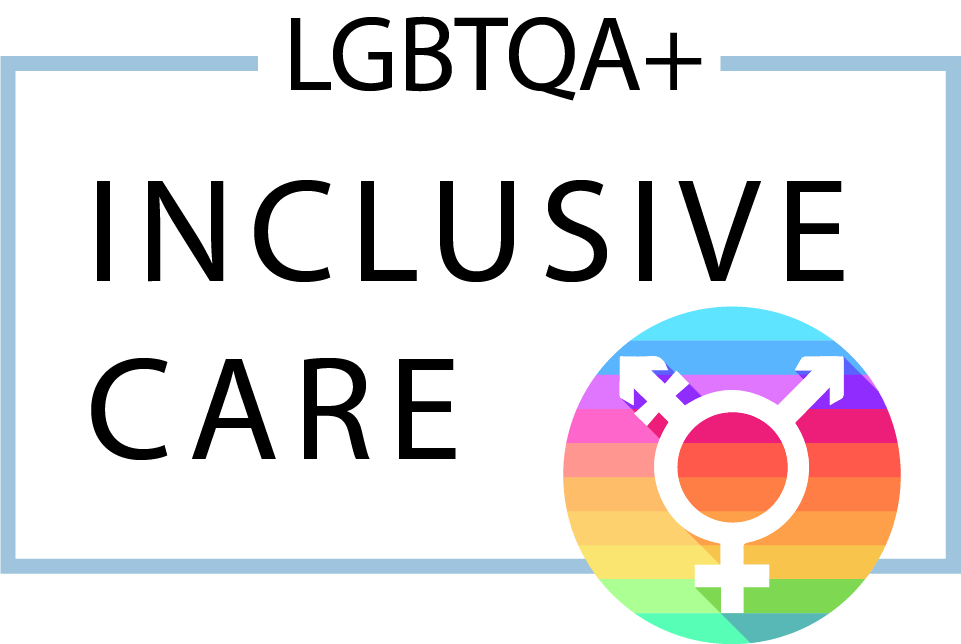The last year has been a significant struggle for just about everyone around the world: the stress of a contentious election and political system, the strain and constant worry about a global pandemic, and everything that brought with it, all on top of the regular, everyday problems that we face in our lives.
That stress has brought a global mental health crisis, which has come down hard on folks who already deal with anxiety, depression, and other conditions that directly impact their lives and well-being.
With that focus on one’s mental health, you might have begun searching for answers about how to cope with anxiety, depression, or other issues. In doing so, you’d likely come across two types of therapies that people have found useful. Now which is right for your treatment, CBT vs DBT?
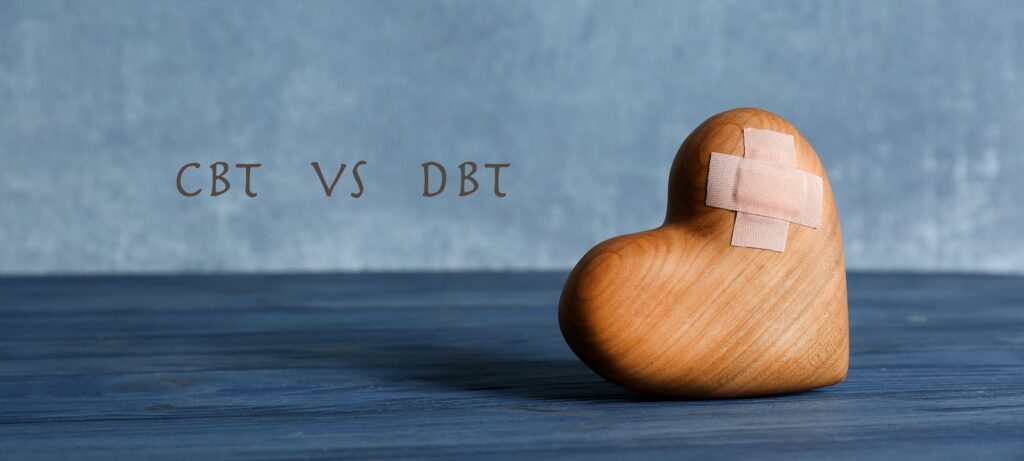
Both psychotherapy therapies are evidence-based approaches that are used to treat mental health issues. But while they share some similarities — they’re both behavioral talk therapies — it’s worth understanding the difference and knowing that the two aren’t interchangeable. Knowing the differences is a good step towards recovery by helping to figure out which is the best fit for you.
Let’s explore the differences between them.
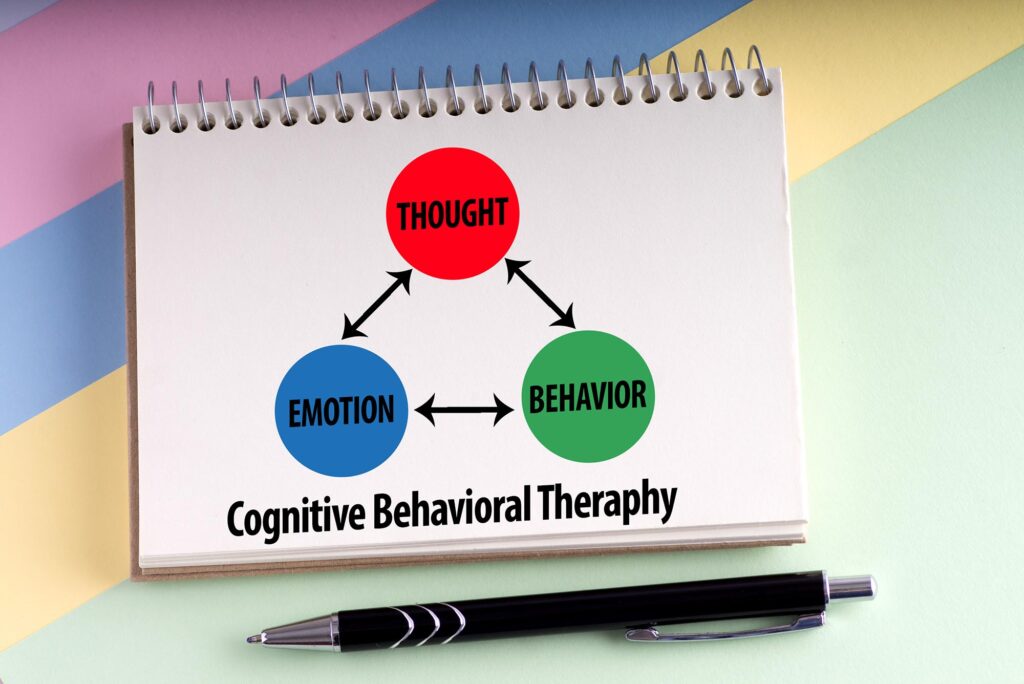
What is CBT?
Before we understand how these two therapies are different, we need to understand what they are and how they work. CBT stands for Cognitive Behavioral Therapy, which is based on the idea that our thoughts, feelings, and behaviors are all connected. The American Psychological Association describes CBT as being based on a few principles:
- Psychological problems can stem from how someone thinks or sees the world
- That these issues are sometimes learned behaviors
- And that someone can learn ways to cope with new strategies and methods
For additional descriptions of CBT, see the Association For Behavioral and Cognitive Therapies
CBT involves therapy that helps someone recognize and understand how their thoughts and habits contribute to the problems that they’re facing, and how to recognize how others see them. Essentially, CBT helps people identify and change unhelpful thinking patterns and behaviors.
CBT helps patients change their reflexive or unhelpful behaviors, allowing them to confront the things that make them anxious or depressed. By recognizing and acknowledging those stressors or habits, they can then work with a therapist to problem solve ways to change those behaviors so that they can improve their mood. In CBT, you can learn ways to increase the behaviors you want to do more, and decrease the behaviors you don’t want to do.
As Skyland Trail points out, CBT helps treat one’s emotional response as well.
Therapists use a number of tools to help patients. CBT is a goal-oriented and focused form of therapy that uses weekly directed sessions to help a patient examine their thoughts and how that translates into behavior.
The APA notes that CBT therapy is a well-tested process, and that it’s been proven effective in treating things like anxiety, depression, OCD, eating disorders, marital conflict, substance abuse issues, and other issues.
Learn more about CBT here: https://mindwellnyc.com/cbt-therapist-nyc/
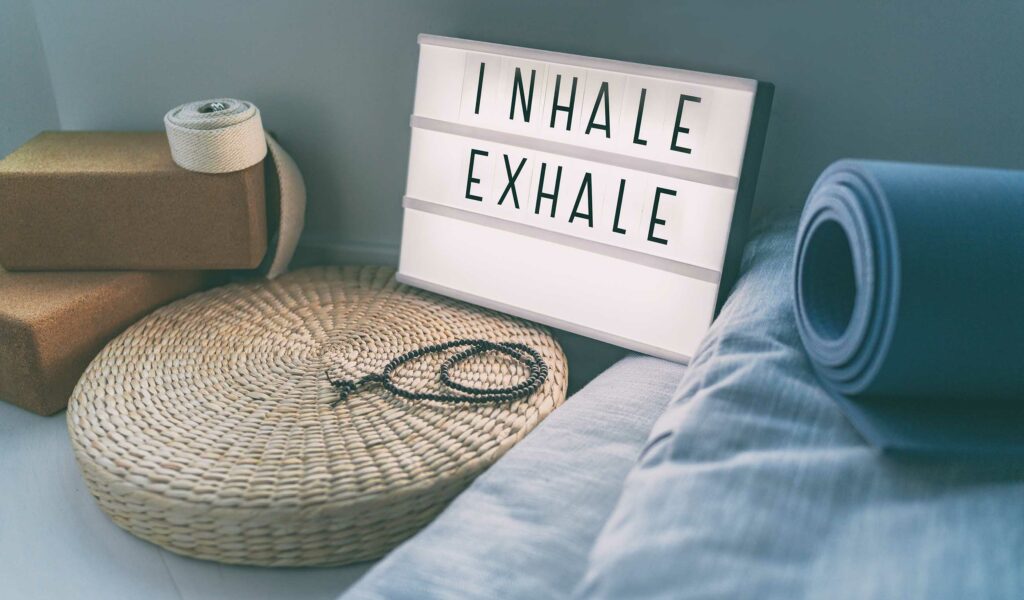
What is DBT?
Another form of therapy is DBT, which stands for Dialectical Behavior Therapy. DBT helps people learn how to manage intense emotions, gain control over their emotions, and build a life worth living. Psychology Today describes the therapy as a way to “manage painful emotions and decrease conflict in relationships.”
It involves learning a variety of coping skills in four key areas:
- Mindfulness, learning to stay focused on the present moment, accept emotions and surroundings, and pause before acting on urges
- Distress Tolerance, skills for getting through difficult moments without making them worse
- Emotion Regulation, developing strategies for coping and managing emotions
- Interpersonal Effectiveness, how a patient can communicate with those around them in a positive, assertive way
The treatment takes the form of both one-on-one and group sessions, during which the patient, their therapist, and fellow group members work together to examine their behavior and learn strategies to help people live the life they want according to their values. Therapy involves learning and practicing skills like asking for help, being assertive, making meaning, riding out unhelpful urges, acceptance, and more. This can also include anything from breathing exercises to repetitive tasks, to emotion regulation exercises like naming, internalizing, or speaking about those emotions, or problem-solving and acting opposite to unhelpful urges.
DBT was originally developed by Dr. Marsha Linehan, Ph.D. as a way to treat people with suicidal thoughts and behaviors and/or symptoms of borderline personality disorder, but it’s since been found to be effective in treating a variety of issues including depression, eating disorders, relationship problems, trauma, and substance abuse.
Learn more about DBT here: https://mindwellnyc.com/dbt-therapist-nyc/
What’s the difference between CBT and DBT?
On the surface, there are some similarities between the two therapies: DBT is in fact a type of CBT. Both have been found to be effective treatments for a range of mental health disorders, and use sessions with a therapist to help a patient identify problems in their lives and develop strategies and tools to cope and build the lives they want according to their goals and values.
However, there are some significant differences between the two forms of therapy. CBT typically involves weekly individual therapy sessions focused on treating specific issues, such as anxiety, phobias, panic disorder, eating disorders, or depression. Sessions often include a combination of evaluating unhelpful thinking patterns and changing ineffective behaviors.
DBT is a more intensive and comprehensive treatment than CBT. It involves weekly individual therapy sessions, skills group, and phone coaching. While individual sessions often involve CBT strategies, eastern mindfulness and Buddhist Zen approaches are also incorporated. DBT was designed to treat multiple issues at the same time, with a particular emphasis on learning how to take control of your emotions.

Which Therapy Is Right For You, CBT or DBT?
While both CBT and DBT can be used to treat an overlapping range of mental health issues, their approaches to treatment are different, and as a result, they’re not interchangeable.
Cummins Behavioral Health Systems notes that different disorders call for different treatment methods, and that where one patient might find CBT more beneficial, another might respond better to DBT.
At its most basic, CBT is a therapeutic method that helps patients overcome a range of disorders like anxiety or depression: it gives them agency and control over their recovery, allowing them to overcome the problems that they’re facing and actively change their behavior. By talking with their therapist over a series of sessions, they can identify and target those thoughts, habits, and behaviors that trouble them.
DBT is geared more towards managing multiple mental health issues or dealing with serious emotion dysregulation, self-harm, or suicidal behaviors. Patients’ goals are identified in the beginning of treatment, and individual sessions are used to help patients apply the skills they are learning in DBT group to their specific behaviors that they want to increase or decrease. DBT is best suited for people whose mental health issues stem more from difficulty managing intense emotions.
In some cases, both approaches might be used: a patient with severe problems might begin their wellness journey with DBT, and after achieving some success with their therapist, might transition to a CBT method.
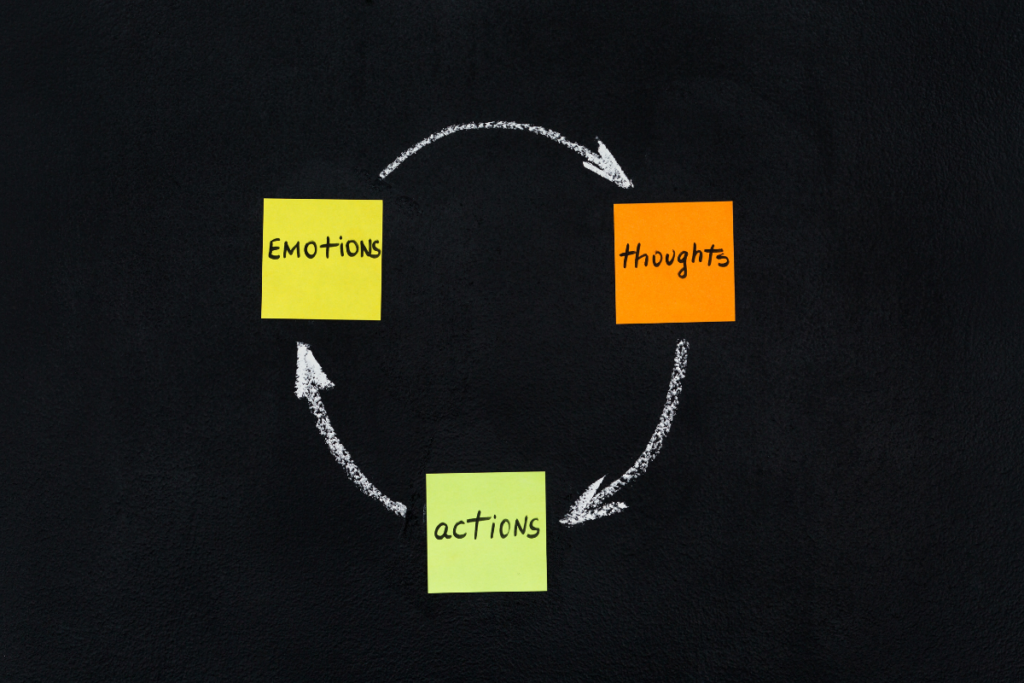
The best way to determine which therapy is best for you is to speak with a mental health professional or therapist: getting a diagnosis for what is ailing you is a key first step, as that will allow your doctors to help figure out the right treatment approach. Every person and every situation is different, and approaching one’s health and well-being is a project that requires a customized approach that would be developed between them and their therapist.
Be it CBT or DBT, if you’re experiencing mental health problems, these are two therapeutic approaches that will provide you with the tools to identify and overcome the thoughts and behaviors that are causing problems. Armed with those tools and strategies, they’ll help you improve your life and well-being.






